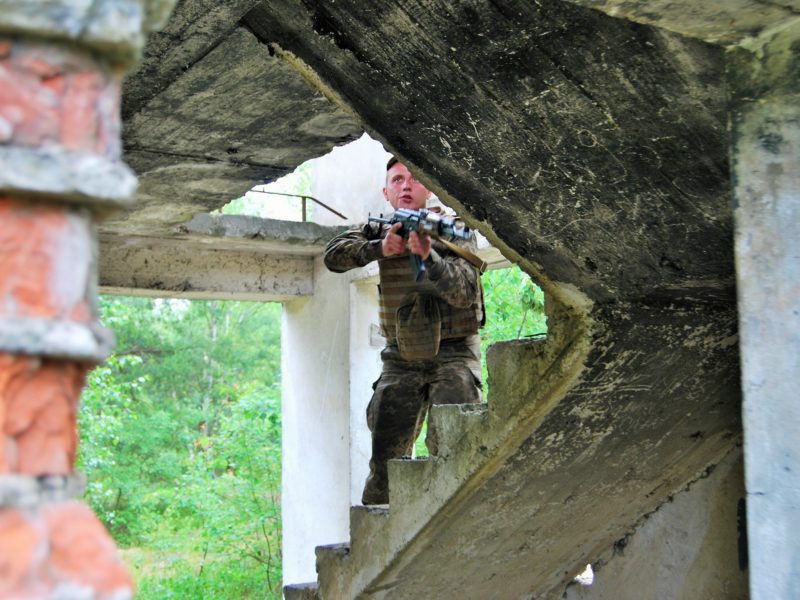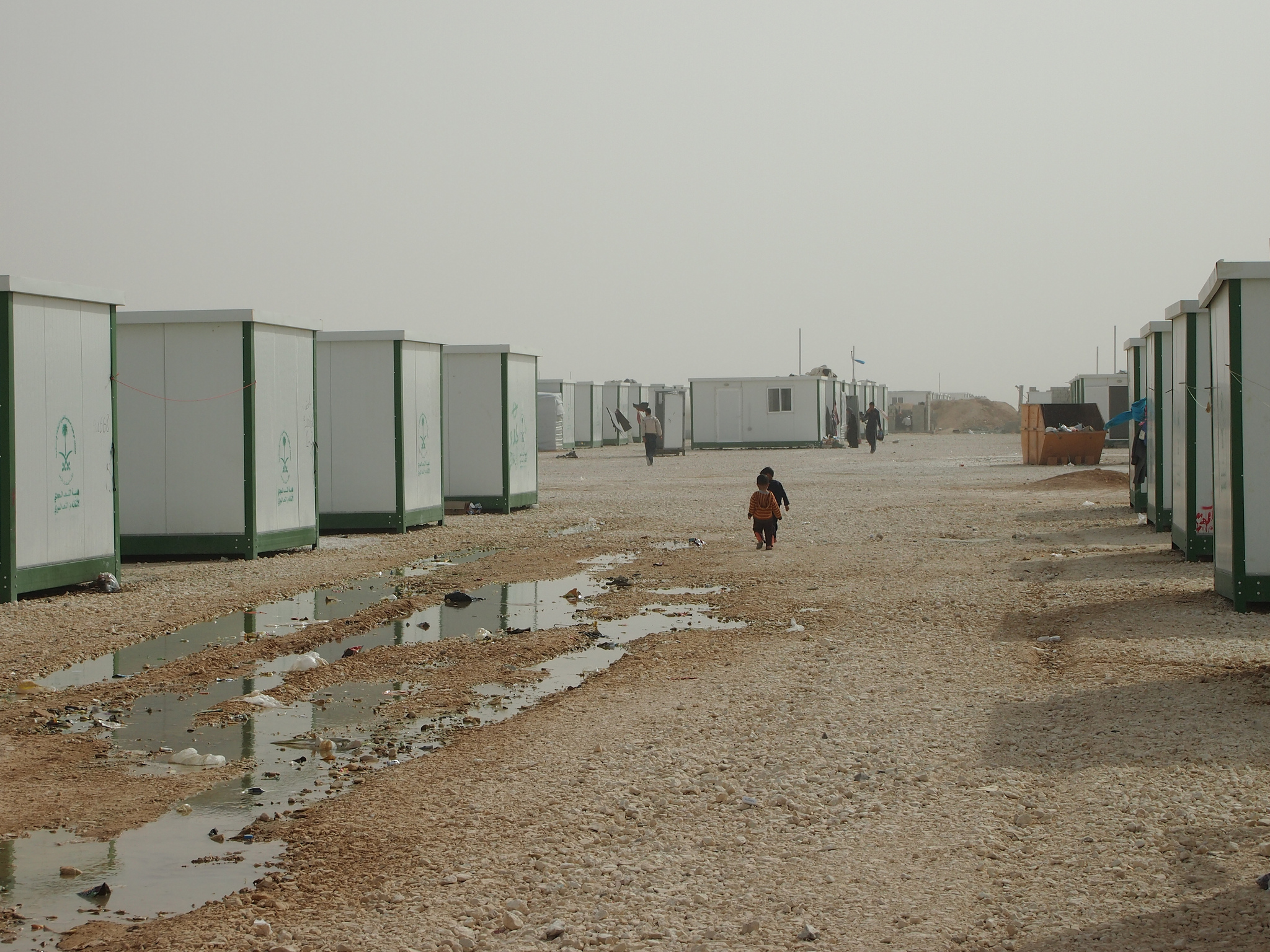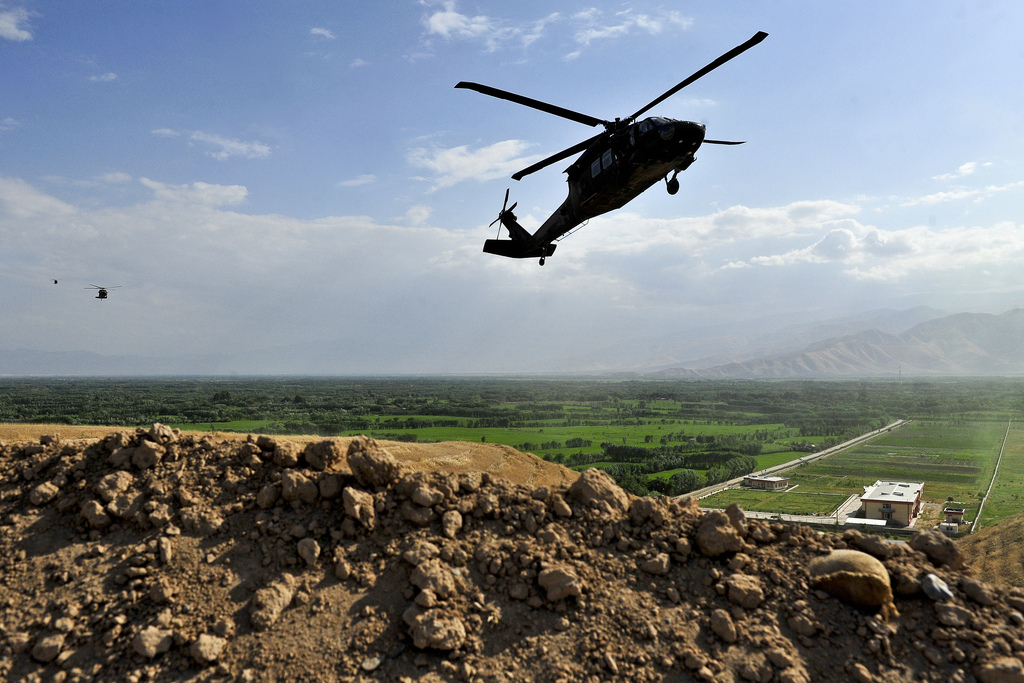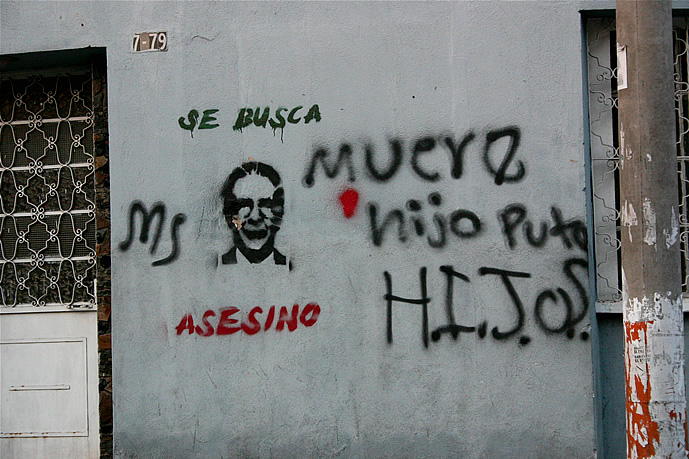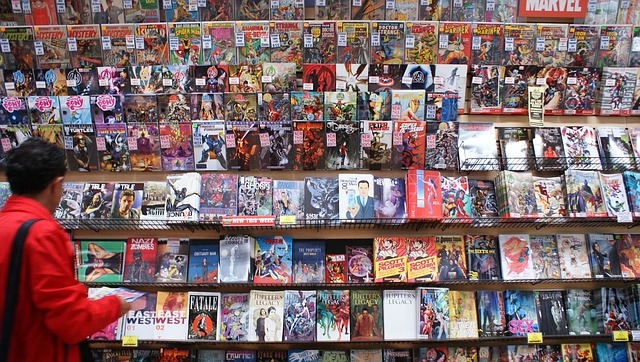Guest post by Nicholas Sambanis, Stergios Skaperdas, and William Wohlforth
Great power rivalry is back, and so, unfortunately, is one of its baleful consequences: polarization and war. In a recently published article, we look at the interaction between ethnic polarization and civil war—a relationship that prior academic research has analyzed strictly from the prism of the domestic political economy. We show that external interventions are crucial in fomenting polarization, which in turn increases the risk of civil war.
Using cross-country data since 1945, previous studies found a correlation between ethnic polarization and civil war prevalence. Yet we show that this relationship only applies to the Cold War—a period marked by competing major power interventions and proxy wars around the globe that took advantage of countries’ ethnic divisions to foment conflict and instability.
In our research, we explore the effect of foreign interventions on polarization via multiple pathways, all of which end up making ethnic, regional, or other subnational identities more salient relative to national identities, which fuels competition for resources and power and makes it more likely that political conflicts turn violent. The key point is that without intervention, these conflicts might otherwise be resolved without much bloodshed and that the effect of polarization on conflict is contingent on global politics.
Ukraine is a case in point. It is controversial even to refer to the conflict there as a civil war, and for good reason. The fighting that has killed over 13,000 people, wounded tens of thousands more, and exacted untold economic costs—this former breadbasket and industrial heartland of the Soviet Union is now the poorest country in Europe—probably would never have happened but for external intervention. Ramshackle and corrupt as they were, Ukraine’s democratic institutions enabled elites and citizens to manage regional cleavages peacefully until 2014. Intervention by Russia, but also the European Union (EU) and the United States (US) changed all that and led to war.
Interventions affect the cost-benefit calculations of domestic groups within a target state. Foreign powers can provide material, logistical, military, or diplomatic support to local actors, urging them to fight, often in pursuit of geopolitical imperatives that concern the foreign powers more than the locals. Interventions can also involve subsidies that reduce the costs of arming, or “carrots” like trade agreements, official aid, or financing to potential or actual rebels who aspire to capture the state. We show that if such incentives motivate local groups, conflicts can more easily escalate to war—and the pathway is identity: preparing for war polarizes ethnic or other subnational identity groups, which further stokes self-fulfilling fears of violence.
Peace in Ukraine fell victim to such a pattern of geopolitical polarization. Russia intervened with military support on behalf of insurgents in the east (the Donbas region), which is what helps account for high casualty numbers and the ongoing stalemate. Without that support, the Ukrainian armed forces would have quashed the rebellion with far fewer casualties.
But the Russian intervention was the third in a series of interventions that also involved the EU and US. This pattern of competing interventions paints a scary picture for the future of international politics in a world in which great powers increasingly contest each other’s spheres of influence. Even the mere expectation of intervention—or more “benign” forms of intervention such as the offer of rewards contingent upon adoption of certain policies—can polarize groups within states to the point that the resort to arms becomes more likely than a peaceful resolution of disputes.
Competitive intervention from the EU and Russia made it harder for Ukraine’s government to hedge between competing regional interests and identities. Brussels dangled a “deep and comprehensive trade agreement” (DCTA) before Kiev, and acceptance implied big rewards, especially for western portions of Ukraine, but big costs for eastern sections that depended on trade with Russia. Putin, meanwhile, pressured the government to join his Eurasian Union, offering big subsidies and rewards for doing so, but also vowing costly trade measures should Ukraine opt for the DCTA.
These rewards and costs were not only material but also ideological, affecting social identity: what it meant to be a Ukrainian. Were you European, Western, or were you closely affiliated with the cultural, linguistic, and historical world of Russia? This choice, increasingly presented in zero-sum terms, would have to be made by whatever government ruled in Kiev. And the minute it made that choice, some group in the country—whether in the West or the East—would be very unhappy. The authorities first shunned the EU’s offer, and opted for Putin’s Eurasian Union, sparking the Maidan protest movement.
Although many Ukrainians were personally and profoundly motivated to march on the Maidan, the scale of the movement owed something to heightened expectations of external assistance—symbolized by EU flags, visits by US politicians, and US officials distributing sandwiches to protesters. These material rewards were tied to a pro-Western orientation of local identities, and were contingent on ousting the hated regime. When the rebellion succeeded in ousting the government, the successor, quickly recognized by the Western governments, reversed course, sparking unrest and ultimately rebellion in the Donbas, whose rebels expected material support from Russia.
By the time Russia intervened in Crimea, Eastern Ukraine may have already been receiving clandestine support from Russia. But the evidence also shows that the mere expectation of heightened Russian support was enough to radicalize the more militant elements. Rebels were presented with overwhelming evidence that the old equilibrium, in which Moscow officials eschewed support for separatism, was over. Once Crimea was in play, Russian official statements highlighting the “Novorossia” concept received wide coverage. Russian military maneuvers on Ukraine’s border added urgency to the message, and, of course, expectations were borne out quickly, as Russian intelligence and logistical support for rebels quickly materialized.
The lesson of this case is sobering. Increased interventionism due to great power competition pulls smaller countries into the riptide of war. It makes civil war international war by other means. Both actual and anticipated support by external sponsors make local actors more polarized and less likely to cooperate, thus prolonging local conflicts and increasing their intensity. Regional competition and geopolitics make it more likely that local groups frame their understanding of their own social identity in ways that set them apart from their nation.
And the outcomes of these interventions are increasingly bad—state failure in Libya, a failed occupation in Iraq, an Islamic proto-state carved out of Syria, zones of lawlessness and constant war in Central Asia, and waves of migrants from poor and war-ravaged countries in the Middle East, South Asia, and Sub-Saharan Africa perceived to be threatening the tenuous liberal-democratic balance in the West.
A crucial task is to identify the conditions under which states might inculcate mutual restraint regarding intervention in third-party conflicts. The superpowers failed to do this in the Cold War, with bloody consequences. Today’s major powers should try harder.
Nicholas Sambanis is Presidential Distinguished Professor of Political Science at the University of Pennsylvania and Director of the Penn Identity and Conflict Lab. William Wohlforth is the Daniel Webster Professor at Dartmouth College. Stergios Skaperdas is professor of economics, holds the Clifford S. Heinz Chair (on the economics of peace), and is Director of the Center for Global Peace and Conflict Studies at the University of California, Irvine.

